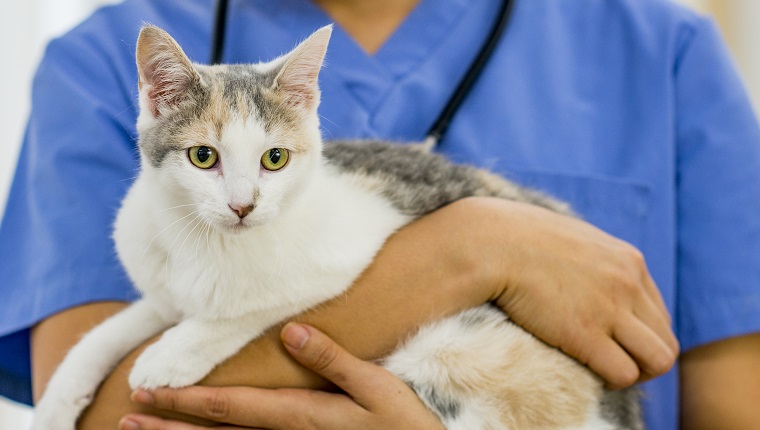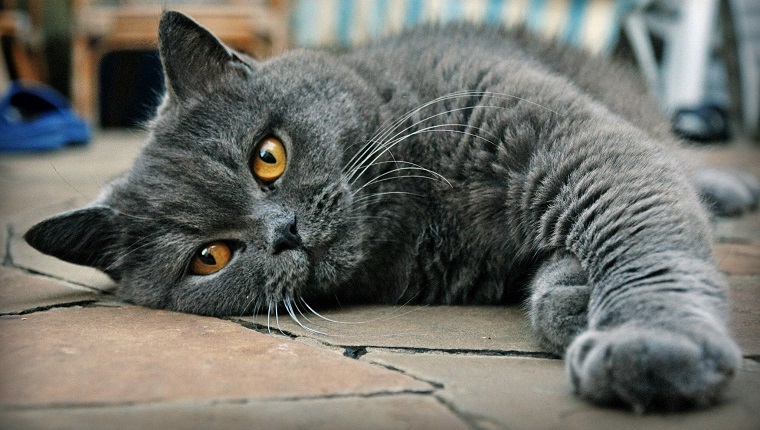Immune-mediated polyarthritis in cats, often abbreviated to IMPA, is an inflammatory condition that targets multiple joints including the knees and the shoulders.
With this condition, a non-typical response in the immune system results in the cat’s body starting to battle itself, which can then lead to arthritis.
If you see signs that your cat might be suffering from polyarthritis, then you must consult your veterinarian for a proper diagnosis and course of treatment. Here’s what you should know about the symptoms, causes, and treatments of immune-mediated polyarthritis in cats.
Symptoms Of Immune-Mediated Polyarthritis In Cats
Immune-mediated polyarthritis in cats can result in a number of symptoms that generally affect the joints and areas around them. Some of the most common symptoms include:
- Joints that crack
- Lack of mobility
- Fever
- Swelling around the joints
- Stiff legs
- Discoloration around the joints
Causes Of Immune-Mediated Polyarthritis In Cats

Vets classify a number of cases of immune-mediated polyarthritis in cats as idiopathic, meaning that they cannot determine a conclusive, known cause behind the condition.
Besides idiopathic cases, some of the causes of the condition include:
- Gastrointestinal issues
- Infections caused by a virus
- Infections caused by a bacteria
- Tumors (neoplasia)
- Infections caused by a fungus
- Heartworm
- Salmonella
Veterinary Treatments
If you notice that your cat is developing immune-mediated polyarthritis, then your veterinarian will want to carry out a full physical examination of your feline. This examination will involve monitoring your cat’s range of motion, in addition to investigating any visible problems around the joints.
The vet will order blood tests, as well as urine tests. When forming a diagnosis, vets often take fluid from the joints for analysis, and they also occasionally use biopsies.
For treatment, physical therapy is a key component of any recovery plan. Physical therapy can, for instance, include increasing your cat’s range of motion along with massaging targeted areas of the body.
In some cases, your vet may also suggest the use of splints or special bandages to help with your cat’s mobility issues. Additionally, vets commonly recommend weight loss to lessen pressure placed on the kitty’s joints.
Has your cat developed immune-mediated polyarthritis? Do you and your vet take steps to treat your cat and keep them comfortable? Then tell us all about it in the comments below!





